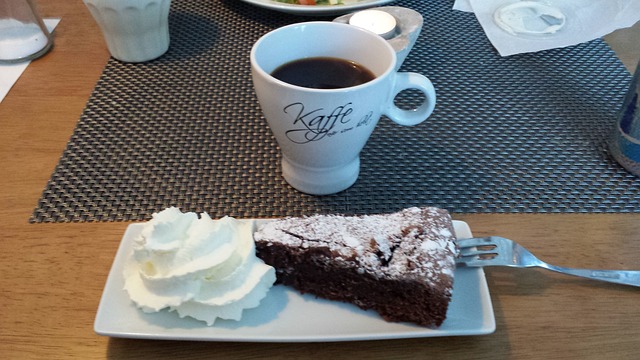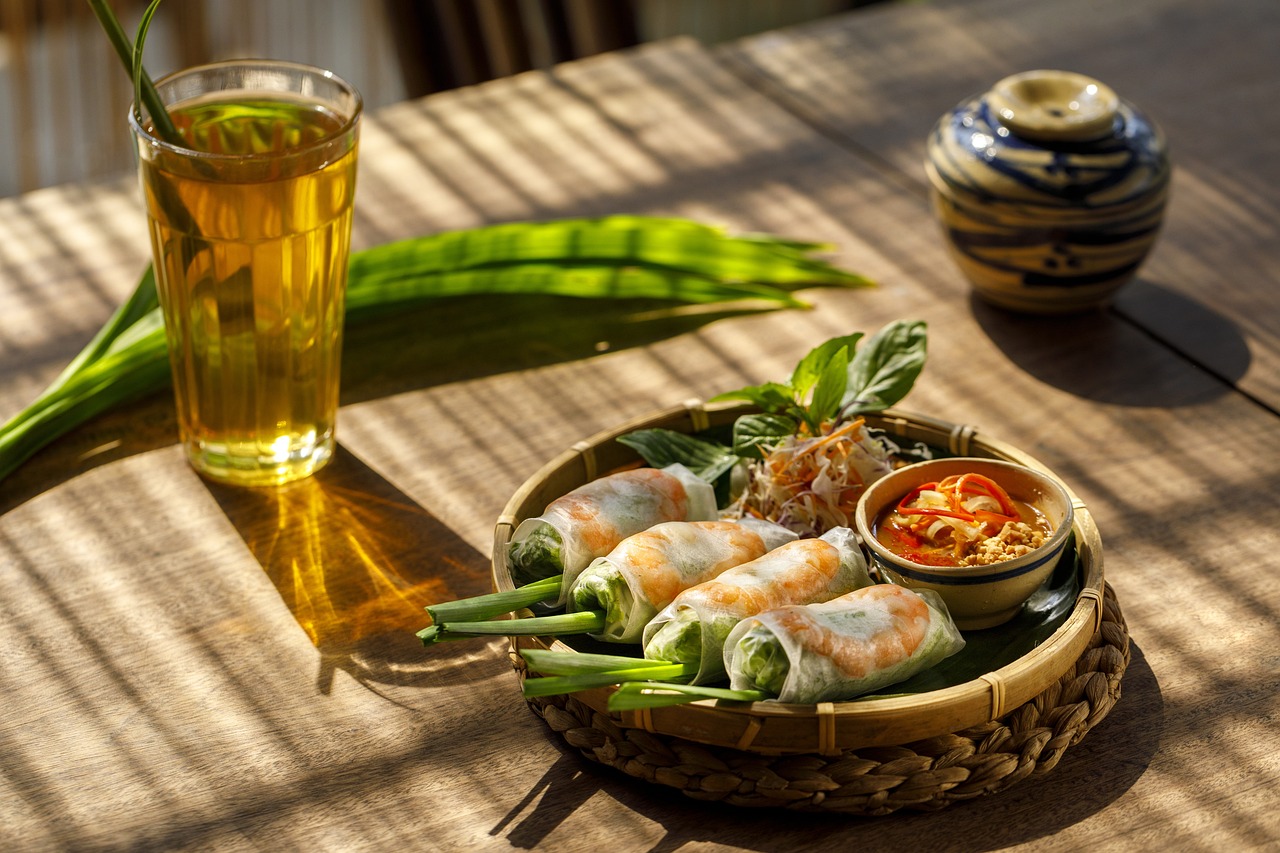Swiss Chocolate: A Sweet Tradition

Swiss chocolate is more than just a treat; it is a symbol of excellence, tradition, and craftsmanship. Renowned worldwide for its superior quality, smooth texture, and rich flavor, Swiss chocolate has earned its place as one of the most beloved confections in the world. But what makes Swiss chocolate so special? This article delves into the history, production, and cultural significance of Swiss chocolate, exploring why it has become a sweet tradition cherished by millions.
The Origins of Swiss Chocolate: A Historical Perspective
The story of Swiss chocolate begins in the early 19th century, a time when chocolate was primarily consumed as a bitter beverage. Switzerland, despite not being a cocoa-producing country, played a pivotal role in transforming chocolate into the creamy, solid treat we know today. The Swiss were pioneers in refining chocolate-making techniques, and their innovations laid the foundation for the global chocolate industry.
One of the key figures in Swiss chocolate history is François-Louis Cailler, who founded Switzerland’s first chocolate factory in 1819. Cailler introduced mechanized production methods, making chocolate more accessible to the public. Later, in 1875, Daniel Peter, another Swiss chocolatier, made a groundbreaking discovery by adding milk powder to chocolate, creating the world’s first milk chocolate. This invention was made possible thanks to the collaboration with Henri Nestlé, the founder of the Nestlé company, who had developed a method for producing condensed milk.
Rodolphe Lindt also made significant contributions to Swiss chocolate with his invention of the conching machine in 1879. This device refined the texture of chocolate, giving it the velvety smoothness that Swiss chocolate is famous for. These innovations cemented Switzerland’s reputation as a leader in chocolate production.
The Art of Swiss Chocolate Making
Swiss chocolate is synonymous with quality, and this is no accident. The production process is meticulous, involving careful selection of ingredients, precise techniques, and a commitment to excellence. Here’s a closer look at what goes into making Swiss chocolate:
- High-Quality Ingredients: Swiss chocolatiers prioritize the use of premium ingredients. Cocoa beans are sourced from the best-growing regions in the world, such as West Africa and South America. Swiss milk, known for its richness and purity, is another key ingredient that contributes to the distinctive taste of Swiss milk chocolate.
- The Conching Process: The conching machine, invented by Rodolphe Lindt, is a cornerstone of Swiss chocolate production. This process involves heating and mixing chocolate for several hours (or even days) to develop its smooth texture and enhance its flavor. The longer the conching process, the finer the chocolate.
- Tempering: Tempering is a critical step that ensures the chocolate has a glossy finish and a satisfying snap. It involves carefully controlling the temperature of the chocolate as it cools, allowing the cocoa butter to crystallize in a stable form.
- Craftsmanship and Innovation: Swiss chocolatiers combine traditional methods with modern technology to create a wide variety of chocolate products. From classic milk chocolate bars to intricate pralines and truffles, Swiss chocolate offers something for every palate.
The Cultural Significance of Swiss Chocolate
Swiss chocolate is deeply ingrained in Switzerland’s cultural identity. It is not just a product but a source of national pride. The Swiss consume more chocolate per capita than any other country in the world, averaging around 10 kilograms per person annually. This love for chocolate is reflected in the numerous chocolate festivals, museums, and tours that celebrate Switzerland’s chocolate heritage.
One of the most famous attractions is the Maison Cailler chocolate factory in Broc, where visitors can learn about the history of Swiss chocolate and witness the production process firsthand. Similarly, the Lindt Home of Chocolate in Kilchberg offers an immersive experience, complete with a giant chocolate fountain and interactive exhibits.
Swiss chocolate is also a symbol of luxury and indulgence. Brands like Lindt, Toblerone, and Nestlé have become household names, synonymous with high-quality chocolate. Toblerone, with its distinctive triangular shape, is particularly iconic, representing the Swiss Alps and the country’s natural beauty.
Why Swiss Chocolate Stands Out
Several factors contribute to the unparalleled reputation of Swiss chocolate:
- Superior Quality: Swiss chocolatiers adhere to strict quality standards, ensuring that every product meets the highest expectations. The use of fresh, local ingredients and time-honored techniques sets Swiss chocolate apart from its competitors.
- Innovation: Switzerland has a long history of chocolate innovation, from the invention of milk chocolate to the development of new flavors and textures. This spirit of creativity continues to drive the industry forward.
- Attention to Detail: Swiss chocolate is crafted with precision and care. Whether it’s the design of a chocolate bar or the filling of a truffle, every detail is considered to create a perfect product.
- Sustainability: Many Swiss chocolate companies are committed to ethical sourcing and sustainable practices. Initiatives like fair trade certifications and support for cocoa farmers ensure that Swiss chocolate is not only delicious but also socially responsible.
Swiss Chocolate in the Global Market
Swiss chocolate is a major export product, contributing significantly to Switzerland’s economy. It is enjoyed in every corner of the globe, from Europe to Asia to the Americas. The global demand for Swiss chocolate continues to grow, driven by its reputation for quality and the increasing popularity of premium chocolate products.
In recent years, Swiss chocolatiers have also embraced trends such as dark chocolate with high cocoa content, organic chocolate, and vegan options. These innovations cater to changing consumer preferences while maintaining the traditional values that make Swiss chocolate unique.



